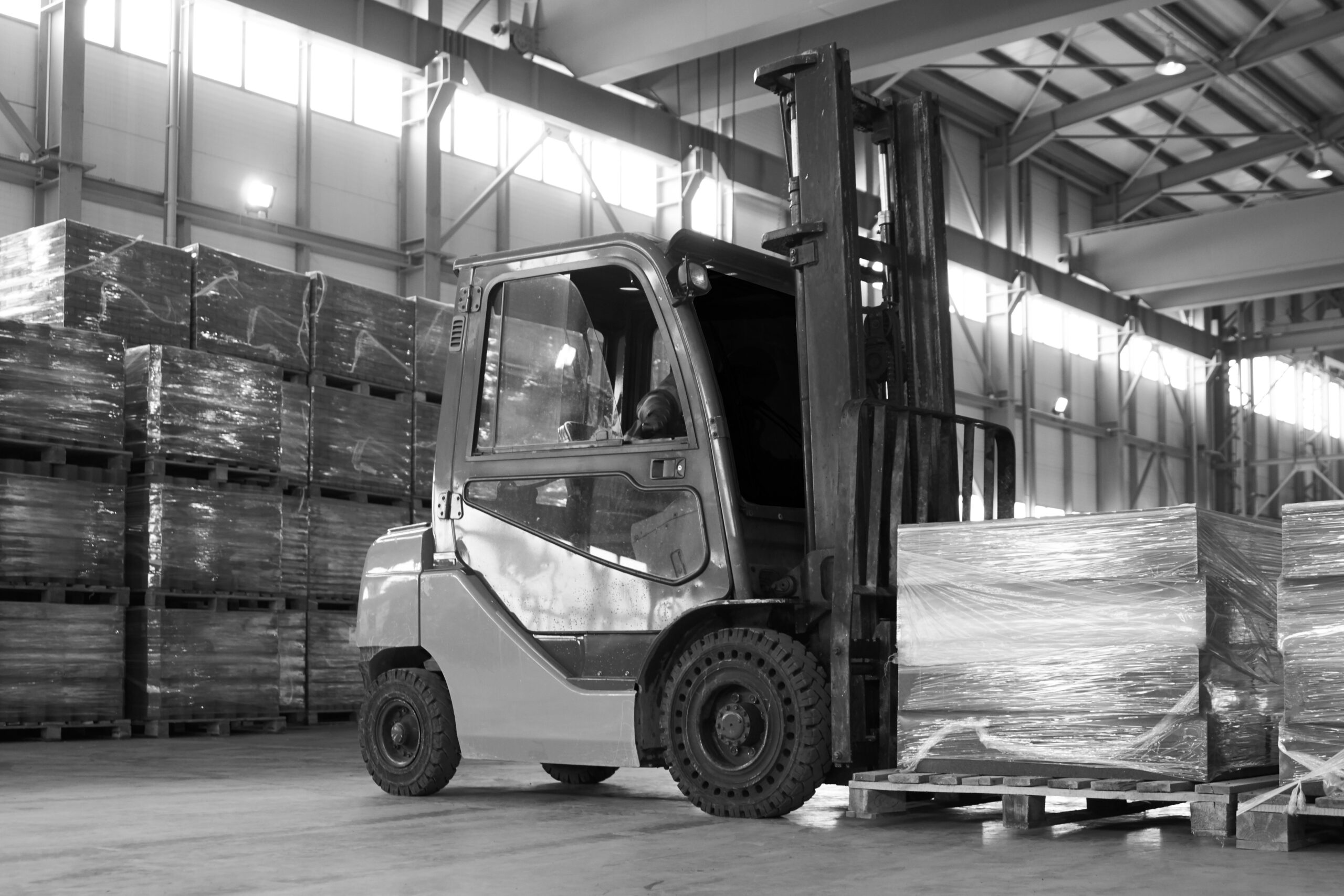Powered Mobile Equipment
OHS Safety and Compliance with Powered Mobile Equipment
October 10, 2023
In the pursuit of workplace safety and OHS compliance, it is important to understand industry standards, equipment usage, and operator training. Many times, we may find ourselves blindly following industry standards and unknowingly setting ourselves up for trouble. You may be surprised at what is cleared within the industry guidelines but does not quite meet OHS requirements. This guide will help you learn OHS laws regarding equipment and forklift safety.
To guarantee your company is not in jeopardy of OHS violations here are three things to do to ensure you are in line with OHS laws.
- Compare industry standards to OHS regulations in your area.
- Verify the legitimacy of industry standards.
- Ensure industry standards align with reasonable safety practices.
If you are found to be in violation of OHS or forklift safety regulations, there can be disastrous consequences. It is found that roughly 1 in 6 of all work fatalities are the result of a PME (Powered Mobile Equipment) accident. These accidents can occur from incorrect standards and insufficient training. What can the results of this be for a company?
It has been seen when incidents occur, and companies are found guilty in accordance with OHS laws; they have been fined between $20,000- $100,000. The courts lean directly towards safety over efficiency.
How do we send workers up to work on an elevated location on a forklift while still following OHS laws?
There are six guidelines that demonstrate the OHS requirements for mounted platforms.
- Ensure that Forklift & Platform are properly designed: This requires them to be commercially manufactured or constructed, designed to support the expected load, have guardrails and toe-boards, have a screen or barrier around the mast of the forklift, have a skid-resistant deck, and be securely attached to the forks and carriage of the forklift.
- Ensure Forklift Mounted Platforms are Properly Marked: This must include the maximum number of workers, the weight of the platform, forklift type, the forklift identification number, the title of safety standards, the weight of the platform when empty, rated load of platform, and minimum width and capacity of the forklift to support its rated load.
- Implement Safe Work Procedures for Use of Forklift Mounted Platform: Without proper safety precautions workers are at risk of falls, contact with electrical powerlines, contact with unguarded moving parts of the forklift, contact with scaffolding and roof structures, and windy or wet conditions.
If you would like to learn all six steps, follow this link.
In a workplace environment, most employee injuries and property damage can be attributed to a lack of, or inadequate, training. A comprehensive forklift training program is one of the most effective ways to combat workplace injuries.
What are some of the trainings every employer should be enforcing within the workplace?
The minimum training requirements for any workers operating any PME is:
- Operating Instructions for the PME: Familiarity with the equipment’s specific operating instructions and procedures.
- Knowledge of Differences from Operating a Car
- Location and Use of PME Controls and Instruments
- Understanding of Engine Operation
- Steering and Maneuvering Skills: Proficiency in steering and maneuvering the PME safely.
- Visibility Management: Ability to maintain visibility, both with and without a load, while operating the PME.
Click here to learn more training requirements.
In summary, ensuring OHS compliance involves an all-around approach. Companies should combine industry standards with legal regulations, stick to equipment-specific guidelines, and prioritize comprehensive operator training. These practices will contribute to a safer workplace and help reduce the risk of accidents and costly legal consequences.



